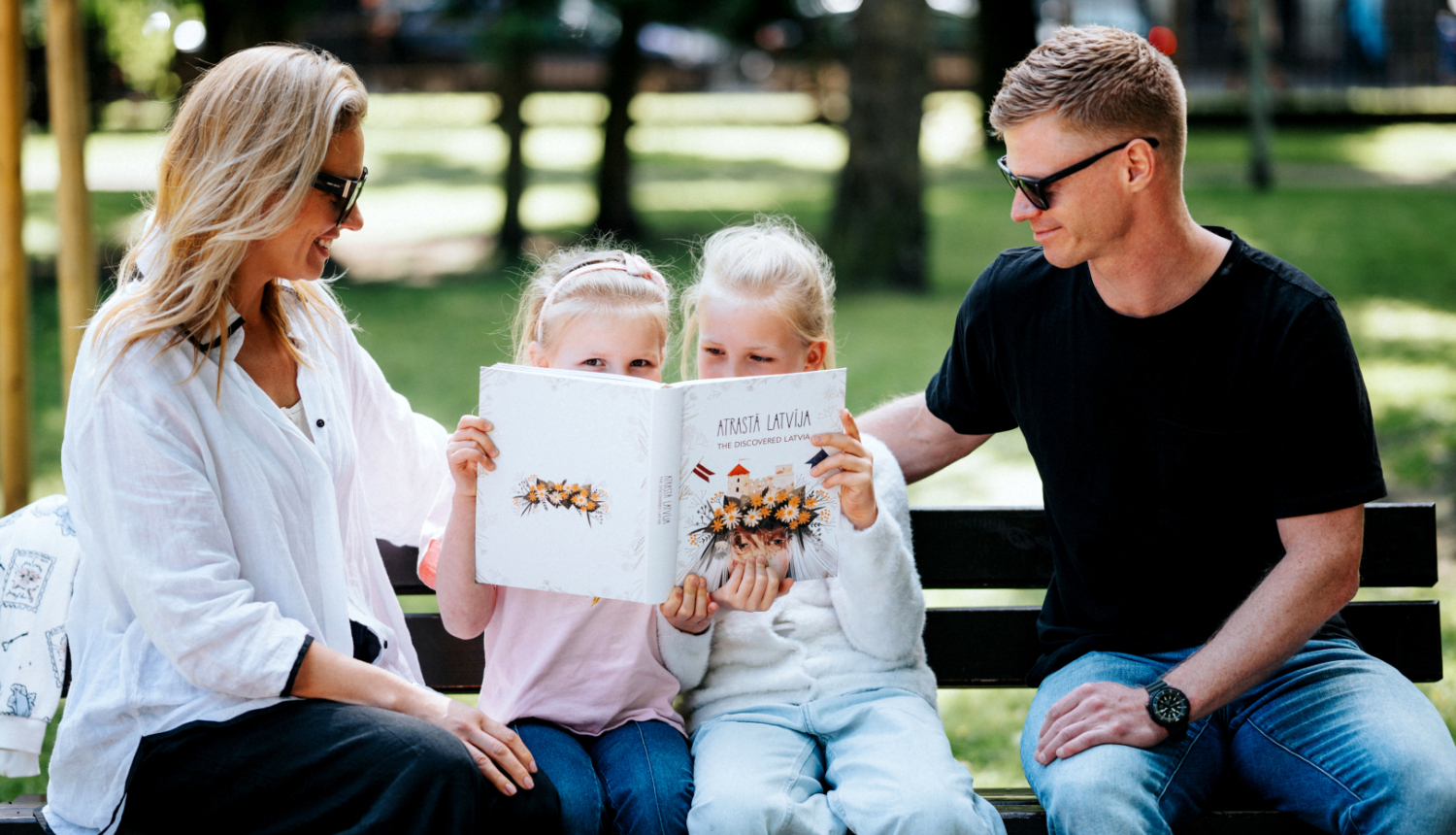This year, the Ministry of Culture is continuing its informational campaign "Explore Latvia" to promote tourism activities. During the campaign, visitors are encouraged to go to the website atrastalatvija.lv, where they can learn more about the renovated and newly built cultural and natural heritage sites in all regions of Latvia, the investments made in them, as well as to get practical information about visiting the sites.
Since 2017, with co-financing from European Union funds attracted by the Ministry of Culture of the Republic of Latvia, 73 cultural and natural heritage sites have been built and renovated in Latvia’s regions – manors, castles, churches, towers, parks, museums, open-air stages, nature trails, gardens, bridges, promenades, beaches, and other places.
"Latvia has a rich cultural heritage. The eight heritage trails of the “Explore Latvia” campaign lead through the whole of Latvia, highlighting its importance today and in the wider European cultural landscape. I am grateful that the restoration of these sites has preserved cultural heritage values for future generations, while at the same time making them available and accessible to wider groups of society," said Agnese Lāce, Minister of Culture.
The Baltic Route is important for the whole of the Baltics, as on the evening of 23 August 1989, hundreds of thousands of Latvians, Estonians and Lithuanians joined hands and showed the whole world their will to be independent. But the Baltic Route tells an even broader story - it is where the Latvian flag was both born and reborn, and where Latvia’s freedom was won in the Battle of Cēsis in 1919. The tourist route features 11 different sites, such as the Āraiši Lake Archaeological Park, several castles, including Bauska Castle, Sigulda New Castle and Cēsis Medieval Castle, churches and other landmarks.
The Freedom Route is located on the west coast of Latvia. It highlights eight cultural and historical sites to explore in person - from the nature trails of Bernāti and the promenade of Pāvilosta to the impressive beach near the historical centre of Liepāja.
The Light Route in Vidzeme, which dates back to the 14th century, symbolises a place where culture, science and politics have taken on a new and vital meaning. It was here that the Bible was translated and the first Latvian schools were founded. The Light Route includes seven unique sites, inviting travellers to see the Smiltene Evangelical Lutheran Church and its altarpiece "The Resurrection of Christ", explore the Alūksne Station Barn and to visit other places.
The Daugava Route symbolises the main waterway that once connected different peoples and cultures. The Daugava River itself flourished as a trade route during the Viking Age and served as a route for goods until the First World War. Five different sites are highlighted along the Daugava Route, including one of the largest and most important medieval castles in Latvia - Koknese Castle.
Jēkab's Route is named after Duke Jacob of Courland and Semigallia, who in the 17th century developed manufacturing and shipbuilding to the extent that he could trade almost anywhere in the world. Today's Jēkab's Route starts in Alsunga, passes through Duke Jacob’s hometown of Kuldīga, and continues to Jelgava, the former capital of the Duchy, including nine different sites.
The Livonian Route is the longest of the eight routes and includes 21 sites to explore. The Livonian land route has been connecting Ventspils and Salacgrīva along the sea's edge since the 16th century. Even today, you can see both The Grey Dune in Ventspils and the Salacgrīva Fishermen's Park Stage, hundreds of kilometres apart along the same road.
Māra’s Route introduces visitors to the region of Latgale. More than six hundred years old, the road from Ludza to Daugavpils takes you on a journey through Latgale - the land of Māra - where ancient Latgalian mythology intertwines with strong Catholic beliefs and modern values. The medieval ruins of Ludza and its red walls are not only the city's signature landmark, but also one of the most picturesque sights in Latvia. The Preili Manor Park and the 150-hectare Daugavpils Fortress are also must-see destinations.
The capital's route, The Riga Route, invites visitors to explore its historic centre. Among the sights to see is Riga Castle, one of the finest medieval castles in Latvia, currently home to both the President of the Republic of Latvia and the Latvian National History Museum, which has recently reopened after a long renovation. The route then leads to one of the oldest circus buildings in Europe, as well as the Great Guild, the former brotherhood of merchants. It also includes two important public urban sites - the forecourt of the Dailes Theatre and the Strēlnieku Square.
About the informational campaign “Explore Latvia”
With co-financing from European Union funds attracted by the Ministry of Culture of the Republic of Latvia, 73 cultural cultural and natural heritage sites have been restored throughout Latvia, which we invite you to explore in the informational campaign “Explore Latvia”. The website atrastalatvija.lv provides information on the renovated and newly built cultural and natural heritage sites, the investments made in them, and practical information for visitors. Information about cultural and natural heritage routes and the objects included in them can also be viewed on the campaign’s Instagram account @AtrastaLatvija.
Information prepared by:
Antra Adiene
Project Manager
Tel.: +371 20201420
E-mail: antra.adiene@olsen.lv



